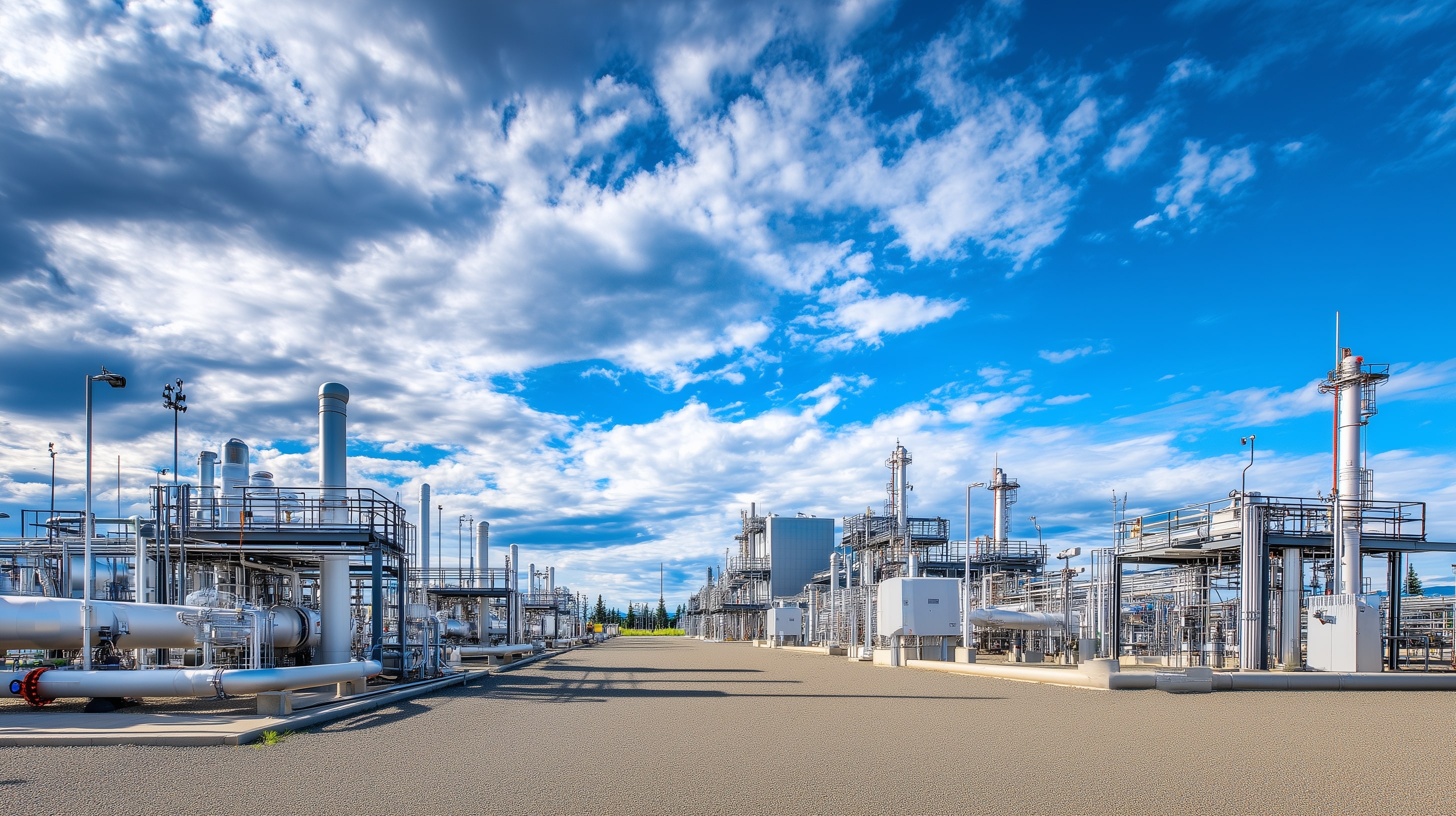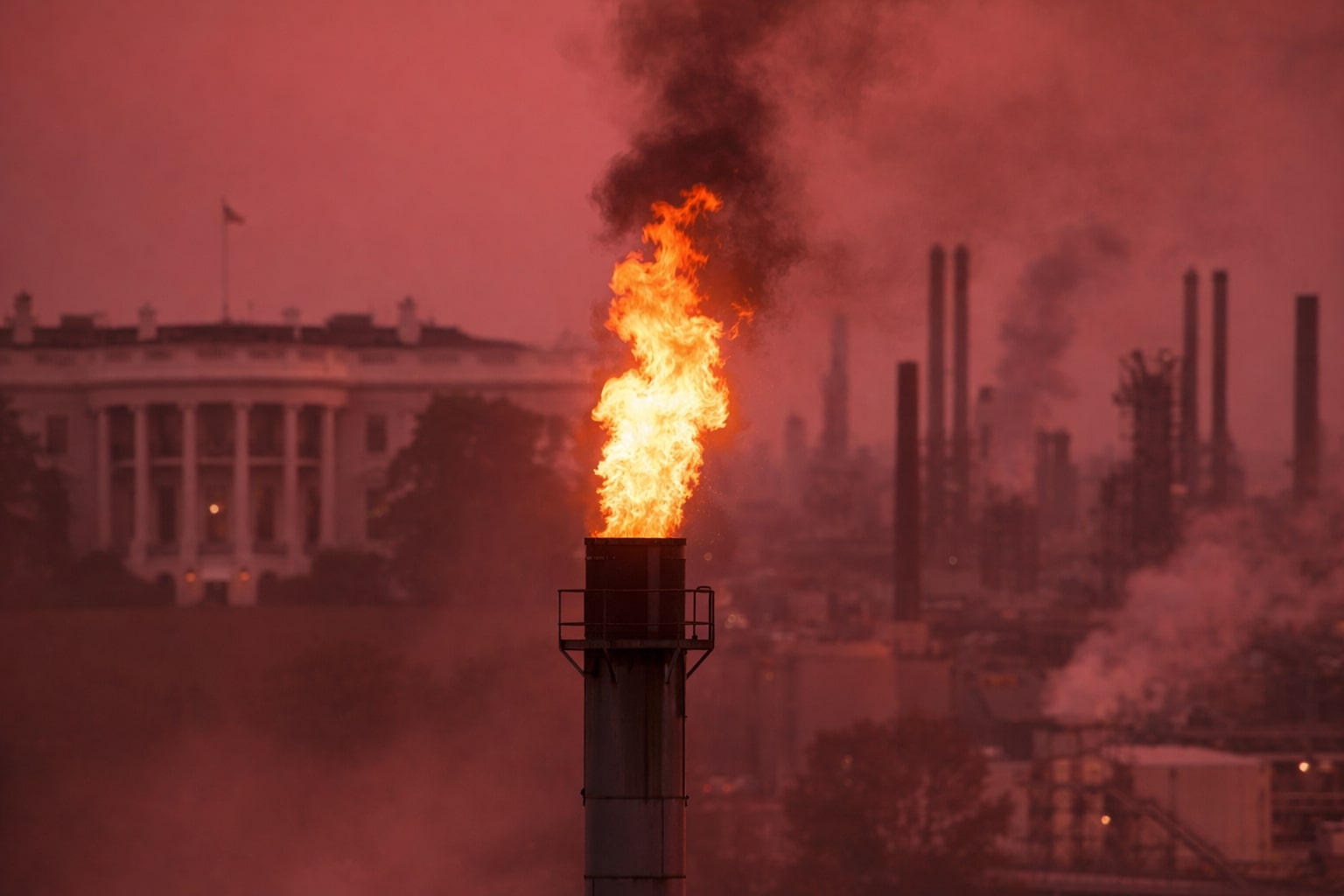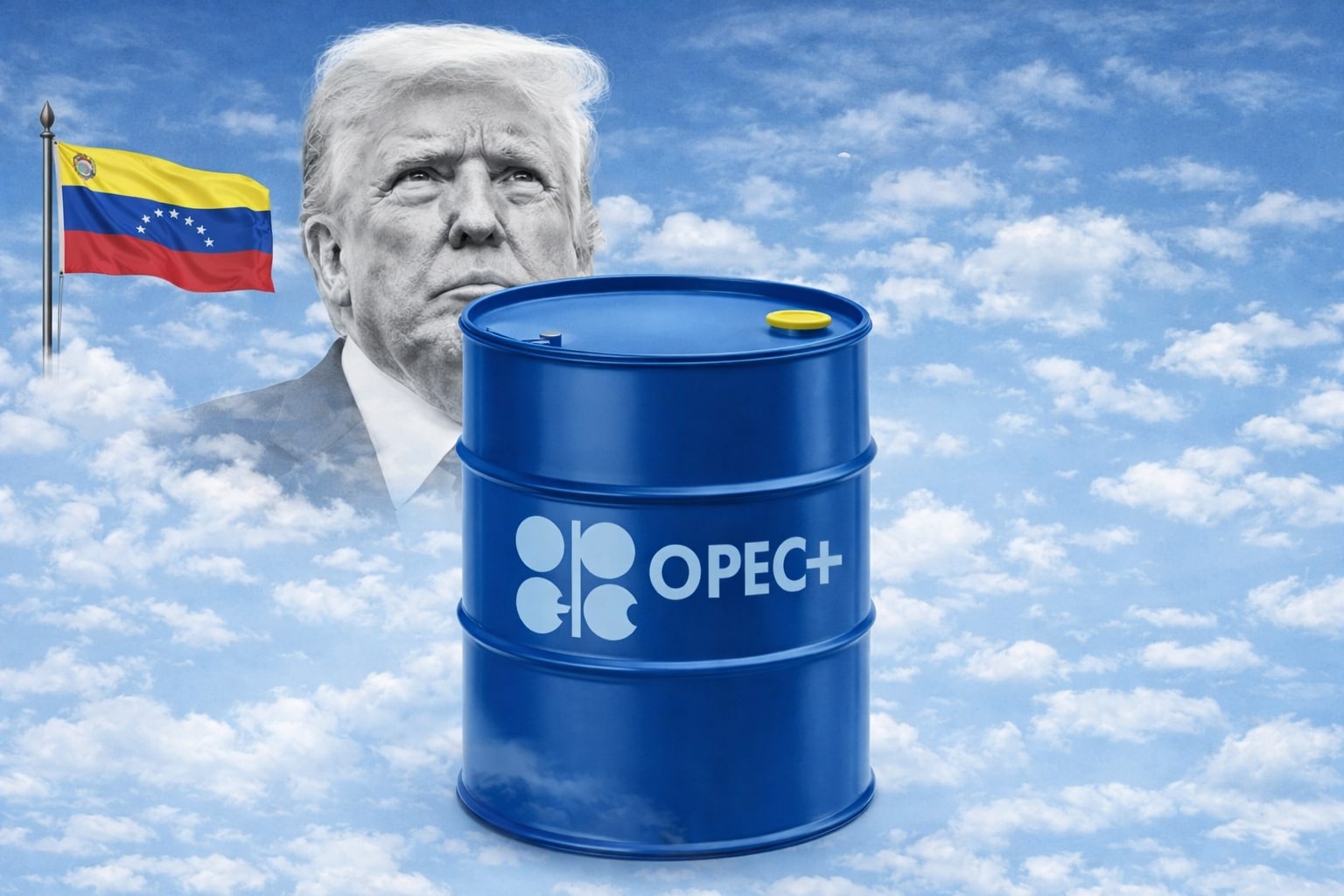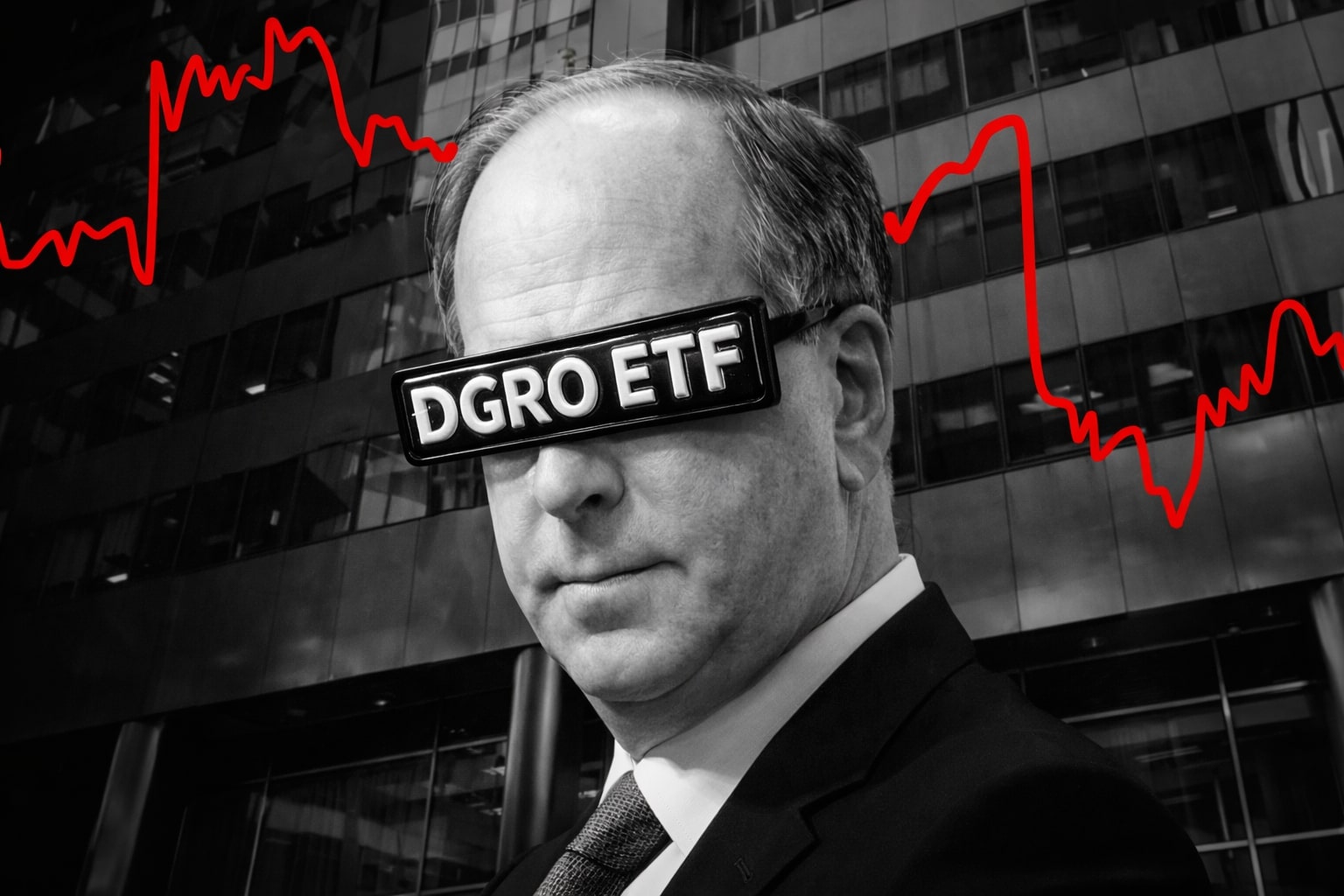
Natural Gas Drops Below $3.00 as Record Output and Warm Weather Pressure Prices
With U.S. production near 108.5 Bcf/day, inventories 4.5% above average, and LNG exports steady at 16.7 Bcf/day, Natural Gas (NG=F) faces structural bearish pressure | That's TradingNEWS
Natural Gas (NG=F) Slides Below $3.00 as Record U.S. Output and Warm Weather Pressure Demand
Natural Gas (NG=F) remains under intense pressure, trading near $2.96/MMBtu after losing momentum for three consecutive sessions. The November futures contract dropped 0.40% to $2.988, extending its decline to a fresh three-week low. The market’s downward tone is being dictated by two converging factors — record-breaking U.S. production and persistently warm temperature forecasts that continue to suppress heating demand across key consumption regions. According to Atmospheric G2, temperatures across most of the United States between October 20–29 are expected to remain well above seasonal norms, with no signs of significant cold air intrusions from Canada. This warm-weather outlook comes just as gas inventories and production approach multi-year highs, amplifying oversupply risk heading into winter.
U.S. Supply Glut Expands as Production Hits 108.5 Bcf/Day and Storage Climbs
Data from BloombergNEF (BNEF) shows U.S. dry gas production in the lower 48 states at a staggering 108.5 billion cubic feet per day (Bcf/d), up 5.8% year over year, marking one of the strongest output runs on record. The EIA’s latest Short-Term Energy Outlook revised 2025 U.S. gas production upward by 0.5% to 107.14 Bcf/d, reflecting ongoing rig additions and output resilience even amid falling prices. The Baker Hughes rig count rose by two last week to 120 active rigs, not far from the two-year high of 124 posted in August.
Storage trends confirm the imbalance. The EIA reported an 80 Bcf injection for the week ending October 10, slightly below expectations but still signaling slack demand. Total inventories are 4.5% above the five-year seasonal average and 0.3% higher year over year, emphasizing that U.S. storage remains comfortably supplied. In Europe, storage is 83% full, down from 91% last year, but still enough to meet pre-winter consumption — further capping U.S. export-driven demand.
Exports Provide Limited Relief Amid Record LNG Flows
Despite domestic oversupply, U.S. LNG export activity continues to show strength. LNG net flows reached 16.7 Bcf/day, rising 6.7% week-over-week, according to BNEF data. This volume represents one of the highest LNG outflow levels in history, driven by steady demand from Asia and Europe. However, exports are not rising fast enough to offset the sheer scale of domestic production. The spread between Henry Hub and European TTF futures has narrowed below $3, limiting the arbitrage incentive for new export contracts. While terminals like Sabine Pass and Freeport LNG are operating near full capacity, seasonal maintenance and weather-related shipping disruptions could cap export growth through November.
Canadian Exports to U.S. Decline, Pressuring Regional Hubs
In North America’s cross-border market, Canadian natural gas exports to the United States have dropped to 4.75 Bcf/day so far in October, down from 5.10 Bcf/d in September and continuing the slide seen since mid-summer. Exports to the Rockies and Midcontinent regions have fallen to 3.46 Bcf/d and 3.48 Bcf/d, respectively, while imports from the U.S. into Ontario and Quebec have risen to 1.62 Bcf/d, up 0.25 Bcf/d from the summer average. The flow reversal underscores how competitive U.S. gas pricing has become relative to AECO benchmarks, which remain under heavy pressure from regional oversupply and limited pipeline egress.
At the Northwest Sumas hub, spot prices slipped to $2.40/MMBtu, down $0.245 from Tuesday, while November forward contracts stood at $2.667, up from $0.89 in September’s bidweek — a dramatic rebound highlighting price normalization from previous deep discounts. Even so, storage in Canada remains 85% full, with 254 Bcf held across Enbridge’s Dawn and Tecumseh facilities, signaling limited room for additional injections before the withdrawal season begins.
Technical Breakdown: Double Bottom Near $2.96 With Key Resistance at $3.16–$3.27
On the charts, NG=F is forming a potential double-bottom structure near $2.96, signaling possible exhaustion of the latest bearish phase. The 50-day EMA lies around $3.16, while the 200-day EMA sits near $3.27, both serving as decisive resistance zones aligned with the 0.5 and 0.618 Fibonacci retracements. A confirmed breakout above $3.12 could open the path toward $3.22–$3.27, but failure to clear this range would likely drag the contract back toward the $2.90–$2.85 support corridor. The RSI at 40.9 shows early bullish divergence, hinting that downside momentum may be losing strength, though a sustained close below $2.96 could reignite liquidation toward $2.75 or even $2.60 in a high-volume washout.
Traders note that speculative net longs have declined by 18% week-over-week, and open interest has contracted 7%, suggesting that market participants remain defensive, awaiting confirmation of winter demand trends before reestablishing large directional bets.
Weather Outlook and the “Warm Winter” Threat
The latest NOAA and Atmospheric G2 forecasts call for above-average temperatures across most of the Midwest, Great Plains, and Northeast through late October, extending into early November. With no significant cold fronts forming in Canada, early-winter heating demand is expected to remain muted. The U.S. lower 48-state demand was reported at 71.3 Bcf/day, down 4.8% year-over-year, highlighting the weather’s drag on consumption. These conditions mirror last winter’s mild pattern, which suppressed spot prices below $2.00 in early 2024. Traders fear a repeat scenario if winter 2025 fails to produce sustained cold periods before December.
Read More
-
DGRO ETF Price: Is DGRO at $69.17 Still the Better Dividend-Growth Bet?
17.12.2025 · TradingNEWS ArchiveStocks
-
XRP Price Stuck Below $2 As XRPI at $10.74 and XRPR at $15.26 Ride $1B+ ETF Inflows
17.12.2025 · TradingNEWS ArchiveCrypto
-
Natural Gas Price Forecast - NG=F Steady Near $4 as TTF Jumps on Colder Forecasts and LNG Outage Risk
17.12.2025 · TradingNEWS ArchiveCommodities
-
USD/JPY Price Forecast: USDJPY=X 155.50 Pivot Before BoJ Hike and US CPI
17.12.2025 · TradingNEWS ArchiveForex
Industrial and Power Sector Dynamics
While residential and commercial heating demand softens, industrial and power-sector consumption provides some baseline support. The Edison Electric Institute reported that U.S. electricity generation rose 2.91% year-over-year in early October, reaching 80,972 GWh, while total output over the past 12 months rose 2.89% to 4.27 million GWh. However, the gains are concentrated in renewable and gas-blended facilities, which have already optimized efficiency, meaning incremental gas burn remains moderate. Manufacturing indicators remain weak, with the ISM manufacturing index signaling contraction in 11 industries, particularly the gas-intensive chemical products segment — a trend that poses downside risk for industrial gas consumption through Q4.
Geopolitical Factors: Middle East Stability Reduces Energy Risk Premium
Energy markets briefly stabilized after U.S.-brokered peace talks between Israel and Hamas led to a temporary ceasefire, reducing fears of supply disruptions across Middle Eastern oil and gas routes. The de-escalation removed a significant risk premium from hydrocarbons, further softening sentiment in natural gas futures. While the region’s stability eases global supply concerns, it also undermines safe-haven demand for U.S. LNG, keeping prices subdued. With oil recovering to $59 (WTI) and $62.44 (Brent), cross-commodity correlation remains moderate, but natural gas continues to trade independently based on domestic fundamentals rather than geopolitical anxiety.
Outlook: Structural Bearish Pressure With Potential Technical Rebound
The structural narrative for Natural Gas (NG=F) remains tilted to the downside. Record U.S. production, storage levels 4.5% above average, and lingering warm weather combine to cap rallies. Yet, the formation of a technical double bottom near $2.96 hints at near-term stabilization. If forecasts begin to show colder anomalies into November, a short-covering rally toward $3.20–$3.30 is plausible. However, sustained recovery will depend on tangible evidence of heating demand, declining production, or stronger LNG exports.
At present, the balance of evidence supports a neutral-to-bearish stance. The medium-term trading bias remains Bearish, with tactical opportunities for traders to Buy near $2.90 and take profits near $3.20 as the market awaits clearer winter demand signals. Long-term investors, however, should treat the current setup as a Hold, monitoring storage draws and temperature forecasts that could determine whether Natural Gas escapes its prolonged price stagnation.



















